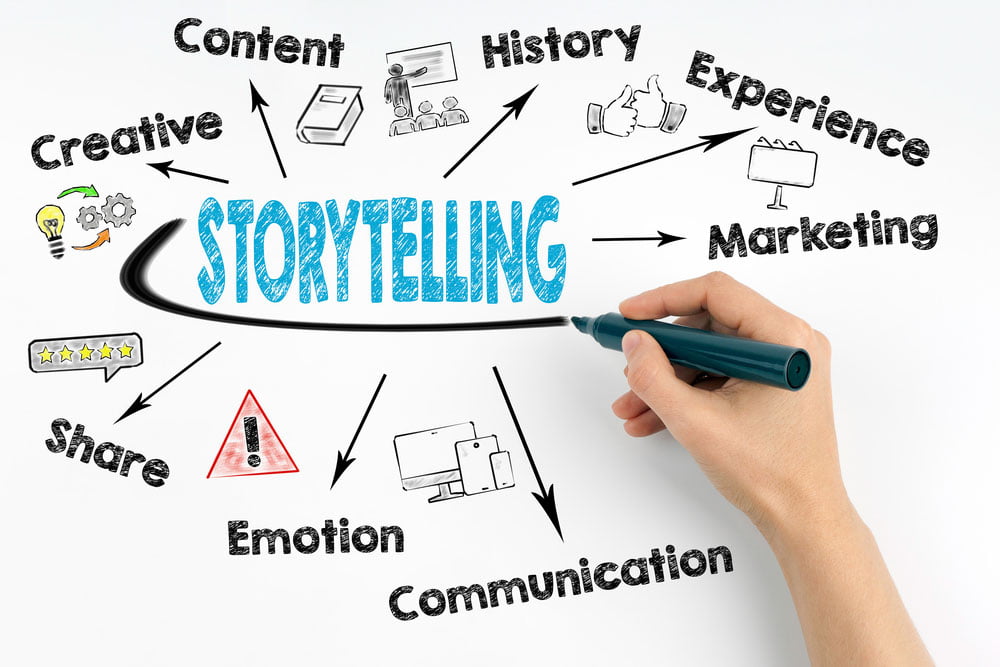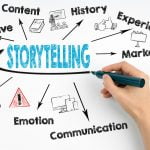Use Storytelling to Present with Power


Think of the last good movie you watched. It likely had bright images, a compelling script, music, rhythm and heroic characters.
All these elements came together and made you feel something – excited, sad, angry, maybe even apathy.
Storytelling is the most powerful form of communication ever invented. Whether it’s the latest Hollywood blockbuster, or a team or an investor presentation, stories provoke our emotions.
A great presentation reads like a great movie or story script. It helps us feel something towards the person telling the story – the presenter – which helps create connection, credibility and trust with the hero – the people in the audience.
The problem is that in the business world, we’ve been taught that emotion is inappropriate. We’ve been told that our audience will buy-in to our ideas, our vision, based on our logic, data and analysis.
Not true!
As master business storyteller Gabrielle Dolan reveals in her book Stories for Work: The Essential Guide to Business Storytelling:
Research by neuroscientist, Antonio Damasio shows emotion plays a significant role in our ability to make decisions. While many of us believe it is our logic that drives our choice, the reality is that we have already made an emotional decision and we use logic to justify the choice – to ourselves and to others.
When we try and influence our audience with presentation of facts and figures or pros and cons we are relying solely on logic. Yet science says that we make up our minds based on our emotions and how we feel about something.
So if the goal of any presentation is to influence your audience to act (which it is), then you need to balance information with logic and emotion in a way that they remember your message.
Structure your story
Master communicator Nancy Duarte spent two years reading mythology, philosophy, and researching screenwriting and other story methodologies that have stood the test of time. In the course of her research, she uncovered a structure that some of the world’s greatest communicators (including Aristotle) had been using for years.
It’s called ‘Persuasive Story Form’. This structure takes your audience back and forth between ‘what is’ (current state) and ‘what could be’ (the future world with your idea). You can use it for everything, from a movie script to your latest presentation.
Beginning: ACT I
- Have an honest conversation about the reality of the situation
- Give them a glimpse at the solution – with your idea.
Middle: ACT II
- Create tension and contrast for your audience
- Use a balance of emotional and analytical insights.
End: ACT III
- Begin with your call to action, what you want your audience to do
- Finish with an inspiring description of the world with your idea in place
- Ensure they leave committed to taking action.
You can watch Nancy’s TEDx talk explaining the model she revealed after analyzing hundreds of great speeches here:
By incorporating these steps into your speech and blending the analytical and emotional content you can create a compelling story that will drive your audience to act.
You can find out more about our VisualStory® workshops where you can learn how to use the Persuasive Story Form to create powerful presentations here.











